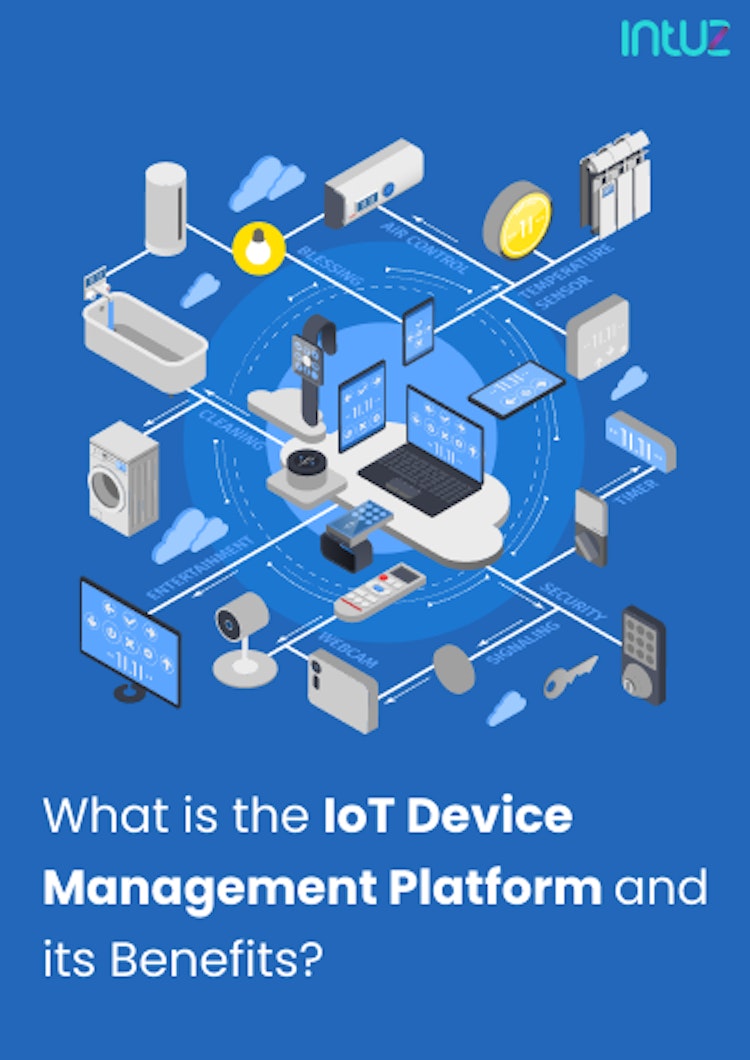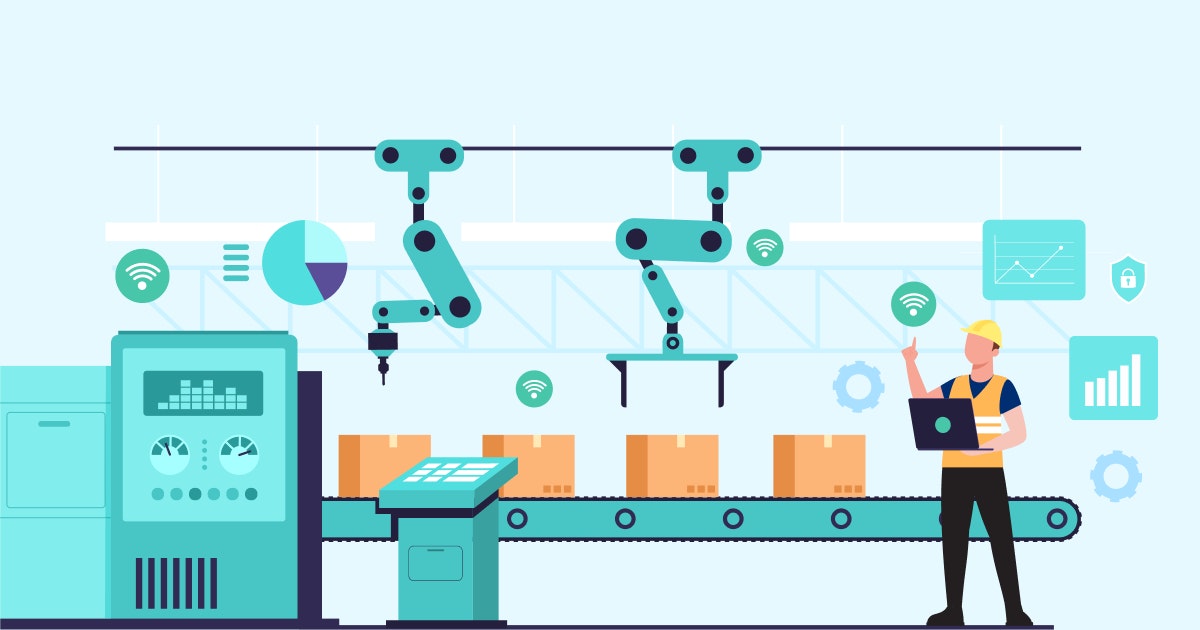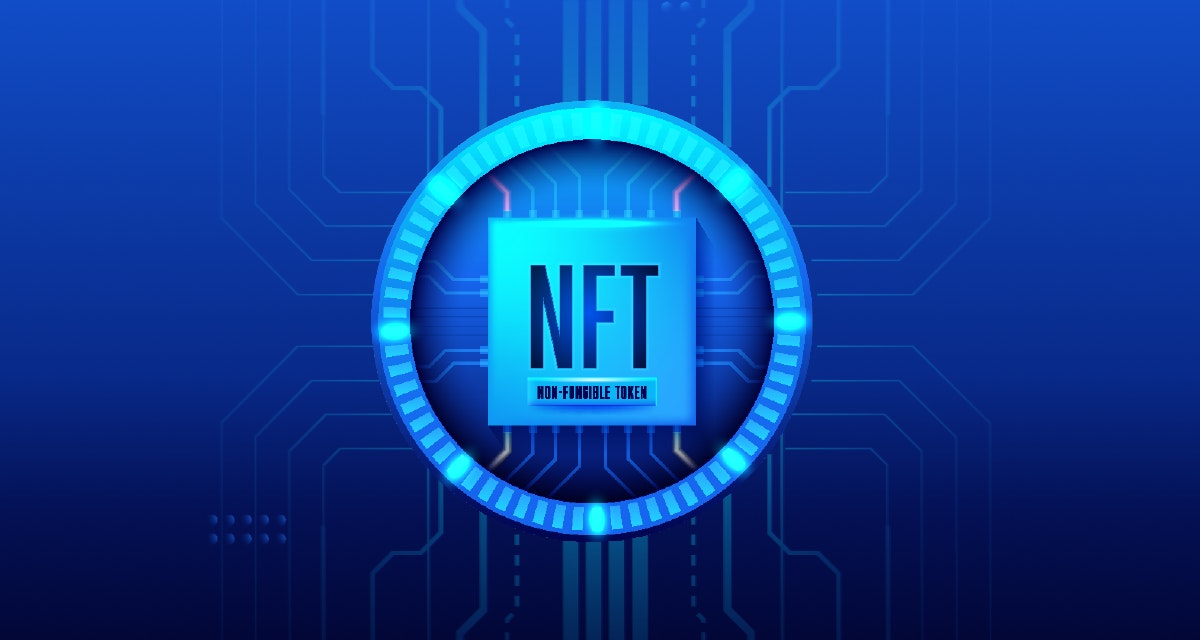Table of Content
The Internet of Things or IoT is a network of connected devices and people - collecting and sharing data about how they are used and the environment around them - over the Internet. Sophisticated sensors, modules, and actuators are embedded into physical products.
IoT’s analytical capabilities transform the data collected into insights, positively influencing business processes and resulting in new ways of working. Statista reports there will be 29 billion IoT devices by 2030. The total IoT market value worldwide will be one billion by the same year.
The numbers show IoT is not stopping from being an integral part of our lives in any domain any time soon - from manufacturing and automotive to healthcare and lifestyle. However, at the same time, enabling cybersecurity in IoT is becoming a challenge.
With volumes of data being transmitted and processed, there is always a risk of breach or hacking. Unfortunately, data security will only get more complex as the number of IoT devices increases in the future - which we discussed previously.
That is where blockchain technology can make a world of difference. Storing the IoT data in the blockchain would add another layer of security that hackers would need to bypass to access data-sensitive networks.
Blockchain in IoT
Blockchain refers to a system where records of transactions made in Bitcoin or other IoT cryptocurrencies are maintained across several computers - all of which are linked in a peer-to-peer network.
How the information is stored is difficult or nearly impossible to hack, change, or cheat the system. That is because blockchain offers a supremely robust level of encryption - making it virtually challenging to overwrite the existing data records.
IoT empowers devices across the internet to transmit data to private blockchain networks for creating tamper-resistant records of shared transactions. This allows you and your team to share and access IoT data without central control or management.
- Enhanced Security: Blockchain's cryptographic algorithms and distributed ledger technology create an immutable record of all device interactions, significantly reducing the risk of data tampering and unauthorized access.
- Improved Scalability: As IoT networks grow exponentially, blockchain can help manage the increasing number of devices and data transactions more efficiently than traditional centralized systems.
- Streamlined Device Management: Smart contracts on blockchain platforms enable automated device provisioning, updates, and decommissioning, reducing manual intervention and potential errors.
Example:
Imagine a smart city where traffic lights, parking meters, and public transportation systems are all interconnected. Blockchain can securely manage and record the data from these devices, ensuring efficient urban planning and resource allocation while protecting citizens' privacy.
How does blockchain solve IoT security challenges?
Every transaction in the blockchain is verified by multiple sources and entered into a common ledger distributed across every node before preventing disputes and building trust among all permissioned network members.
The combination of IoT and blockchain allows a smart device to function autonomously. Moreover, the arrangement helps track how devices communicate with each other.
Even though the decentralized nature of the blockchain benefits from an architectural standpoint, it poses a problem for IoT as the latter relies on client-server or hub-and-spoke architecture.
That means an IoT platform has to be decentralized to ensure compatibility with a blockchain network. In addition, it can be challenging to configure IoT sensors to handle their computing and data storage requirements.
Let's Transform Your IoT Infrastructure with Blockchain Technology!
Contact UsAIoT blockchain technologies
Several blockchain platforms and technologies are specifically designed or adapted for IoT applications:
1. IOTA (MIOTA)
- Designed for IoT with a unique "Tangle" architecture
- Offers feeless microtransactions, ideal for IoT data exchanges
- Supports high scalability and low resource requirements
2. Hyperledger fabric
- Enterprise-grade, permissioned blockchain framework
- Modular architecture suitable for various IoT use cases
- Supports private channels for sensitive IoT data
3. Ethereum with light clients
- Enables IoT devices to interact with the Ethereum network
- Supports smart contracts for complex IoT applications
- Large developer community and extensive documentation
4. VeChain (VET)
- Focus on supply chain management and IoT integration
- Offers toolsets for IoT device integration and data management
- Provides scalability for enterprise-level IoT deployments
Top use cases of IoT-enabled blockchain technology
IoT enhances security and transparency in IoT ecosystems. Here are a few famous IoT blockchain use cases that have a significant impact across multiple industries:
Top use cases of IoT-enabled blockchain technology
1. Operational maintenance
IoT devices track the state of binding machines for safety and maintenance. From elevators to engines, blockchain offers a tamper-free ledger of operational data.
That enables third-party repair partners to monitor the blockchain for preventative maintenance and record their work back on the blockchain. Additionally, operational records can be shared with government entities to verify compliance.
2. Freight transportation
Moving freight from one place to another is complicated and involves the support of different parties. With the help of an IoT-enabled blockchain, it is possible to store temperatures, arrival times, and the status of shipping containers in transit. Everyone involved in the process can trust the data and take action to move the freight promptly and efficiently.
3. Pharmacy
Our reliance on medicines has increased ever since the pandemic changed our lives. However, the problem of counterfeit products in the pharma industry is on the rise.
As the pharma companies are held accountable for developing, manufacturing, and distributing drugs, it is essential specific measures are taken to ensure that only legit medicines are rolled out to the general public.
Blockchain’s transparent and traceable nature can help monitor the safe and quick supply of drug shipments from one destination to another.
4. Smart homes
IoT also plays a vital role in our daily lives. In a smart home, the devices are connected and can be accessed through the central point - a gaming console, smartphone, tablet, or laptop. One can control items such as thermostats, door locks, cameras, home monitors, and kitchen appliances through a single home automation system.
Blockchain takes the concept of a smart home to another level by solving security issues and removing centralized infrastructure. For instance, you can deploy security procedures such as biometrics and facial/voice recognition to stall the data captured from smart devices from falling into the wrong hands.
5. Supply chain management
The ability to track components used in aircraft, automobiles and other products is essential for enabling regulatory compliance and safety. The IoT data stored in shared digital ledgers allows all parties to see component provenance throughout the product life cycle. Sharing info with shippers, regulatory agencies, and manufacturers becomes a breeze.
6. Insurance
The process of managing claims, fraud, and property and casualty insurance has improved in many ways thanks to smart contracts combined with IoT data fetched from wearable personal technologies, location-based sensors (home alarms, factories, warehouses), and sensors on objects (shipping containers and vehicles).
Benefits of blockchain in IoT
Every transaction is recorded in a digital ledger - stacked in a data block and included in a secure, immutable data chain that cannot be tampered with. This is what makes the blockchain internet technology such a fantastic option for enabling IoT security. Here are the top benefits:
Benefits of blockchain in IoT
1. Lower costs
Blockchain allows data to be submitted on a peer-to-peer basis without centralizing control. The arrangement lowers business expenses as scaling a highly scalable centralized infrastructure is costly in the long run. Decentralization enables cost-effectiveness to eliminate single points of failure while addressing the scale of IoT.
2. Improved security
With blockchain, you can select the data to be managed, analyzed, personalized, and shared among authorized vendors. Blockchain legitimizes data and ensures it comes from a trusted source. This enhances secure communications by strengthening privacy agreements.
A trusted digital ledger shows who has access to the IoT data and is conducting transactions. There have to be various security layers deployed to prevent unauthorized access. Blockchain enables that and keeps the data safe and access control in limited hands.
3. Quick data change
Blockchain minimizes the time taken to validate transactions by utilizing trusted nodes and handling the performance requirements of IoT. This fastens the speed of IoT data exchange. It is open, interoperable, and developed for your multi-cloud world.
The technology streamlines processes and builds new business value across the system by banking on the data fetched by IoT-connected devices and sensors.
4. Streamlined finances
For any business, its finance department is of utmost importance. After all, it deals with sensitive data and needs the added transparency provided by IoT and blockchain. It is, therefore, essential to have a set process for sharing or sending money or data across a linear, time-stamped chain. Blockchain not only solidifies the information added to the ledger but ensures no one can access or touch it without permission.
5. Efficient supply chain
An efficient supply chain is every enterprise’s dream. However, economic and global challenges make the process challenging.
By eliminating the intermediaries, however, blockchain and IoT can significantly improve the supply chain efficiency, increase the speed of transactions, and lower costs. If a typical supply chain transaction gets validated after four or five hopes, it increases the total fee.
When blockchain is present to validate to a certain extent, it can allow the untrusted parties to exchange data directly with one another, thus eliminating the fees associated with every hop.
Challenges encountered while implementing blockchain in IoT
As discussed previously, ensuring data security is a massive task in a typical IoT ecosystem. That is because its architecture has a centralized client-server model, making it susceptible to a single point of failure - giving rise to cyber hacks.
Challenges encountered while implementing blockchain in IoT
Blockchain addresses the problem by decentralizing the decision-making process to a consensus-based shared network of IoT devices. However, there are three main challenges to be considered while designing the architecture for IoT devices in conjunction with blockchain:
1. Scalability
One of the common issues faced in IoT development is scalability. How can one handle the enormous volumes of data collected by an extensive network of sensors and potentially lower transactional processing latencies? Well, that is a million-dollar question. Defining a transparent data model beforehand prevents difficulties when making the product live.
2. Security risks
To extend the capabilities of an IoT-powered blockchain system, you need to use smart contracts, which can offer efficiency by automating contract administration. However, this results in security risks, which can hamper blockchain adoption in IoT.
While decentralized public blockchain networks are hard to hack, smart contracts used for running them could be buggy. The worst part is that cyber hackers look for common smart contract vulnerabilities.
To keep this problem at bay, you must thoroughly review and test smart contracts. You can never be sure of not having bugs in your smart contracts, but you can reduce the chances of encountering them and hampering your blockchain and IoT architecture.
3. Sensor reliability
How reliable are the sensors used? They could interfere with correctly measuring the criteria required to execute a transaction. It is essential to take measures to ensure external interventions do not alter sensors and you can create a safe and secure environment for data recording and transactions.
4. Network privacy and transaction confidentiality
The transaction history in the shared digital ledger for a network of IoT-connected devices cannot be granted on the public blockchain. This happens because the transaction pattern analysis is applied to make inferences about the user or device identities behind public keys.
Enterprises must investigate their privacy requirements to check whether private or hybrid blockchains might suit their needs better, and take action accordingly.
5. Computing power and time required
IoT wants the best possible security from blockchain, which requires the “Proof of Work” (POW) consensus algorithm. The process is not complicated. However, it requires plenty of number-crunching at a fast rapid pace for more extended periods. As a result, computing-intensive operations and associated expenses are disincentives for cyber hackers.
6. Complex IoT and blockchain projects
Since blockchain is a relatively new technology, its integration with IoT solutions may not be as convenient as one would hope for. That is because both technologies need experts with enough knowledge and experience to handle anything that may come their way. Unfortunately, you may not get quality talent in this domain easily, which will invariably affect the projects.
Leverage IoT-Blockchain Convergence for Your Enterprise!
Contact UsThere is always room for growth with blockchain and IoT.
Adopting IoT and blockchain technologies is not as widespread as one would believe. That is purely because of operational challenges and technical concerns.
Data storage and scalability are significant issues in the blockchain - thus maintaining a sizable centralized ledger and storing that ledger in specific nodes. However, smart devices operate at the edge and are still unable to handle relatively large amounts of computational power.
However, implementing regulations and standard security protocols will encourage more businesses to utilize the benefits of the two technologies collectively. You are on the right page if you are keen to know how blockchain can fit perfectly in your business model and aid in IoT app development.
Book a Free 45-minute Consultation with Our IoT Experts Today! Get a customized roadmap and strategies to leverage IoT and blockchain together.






